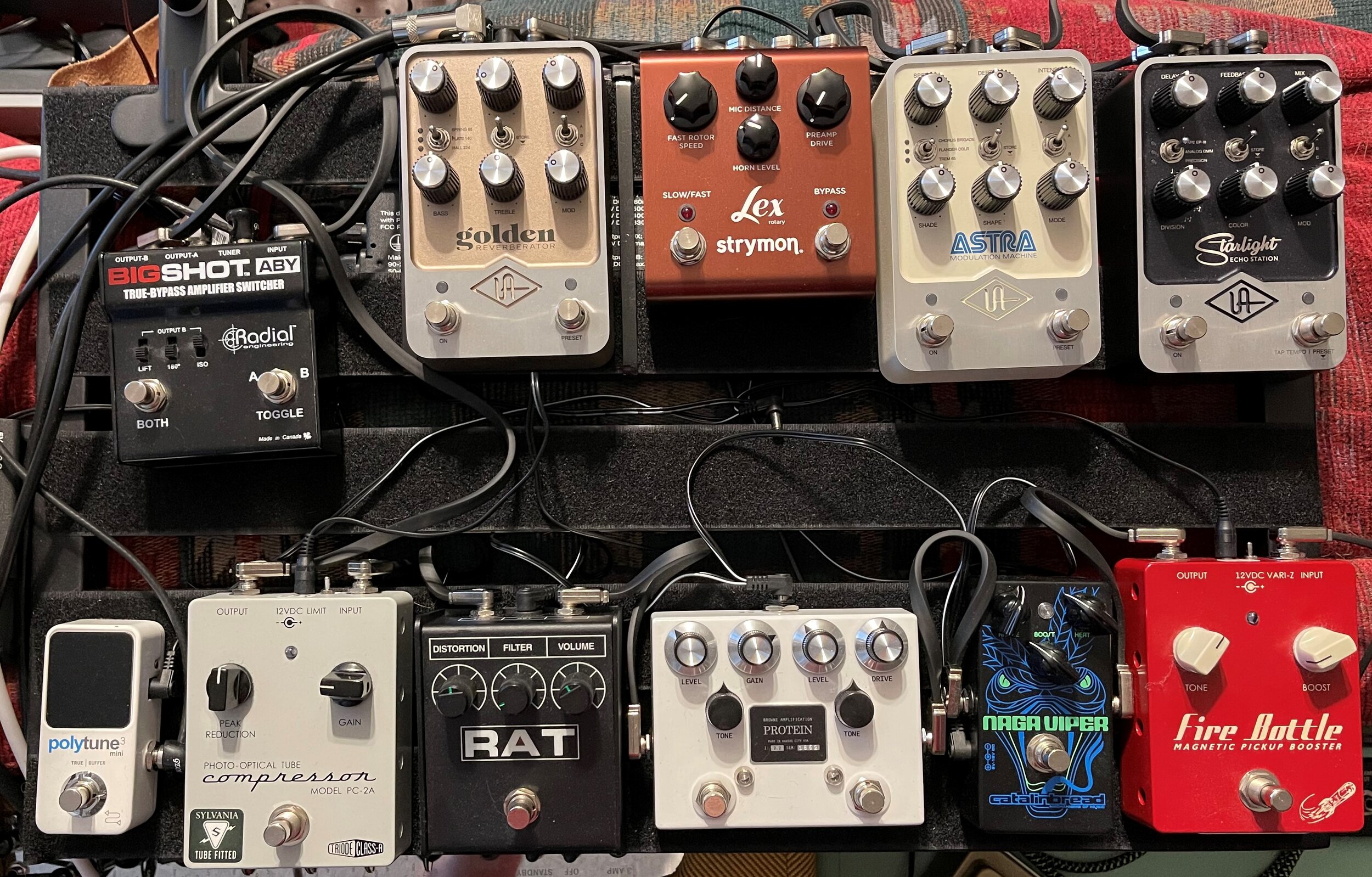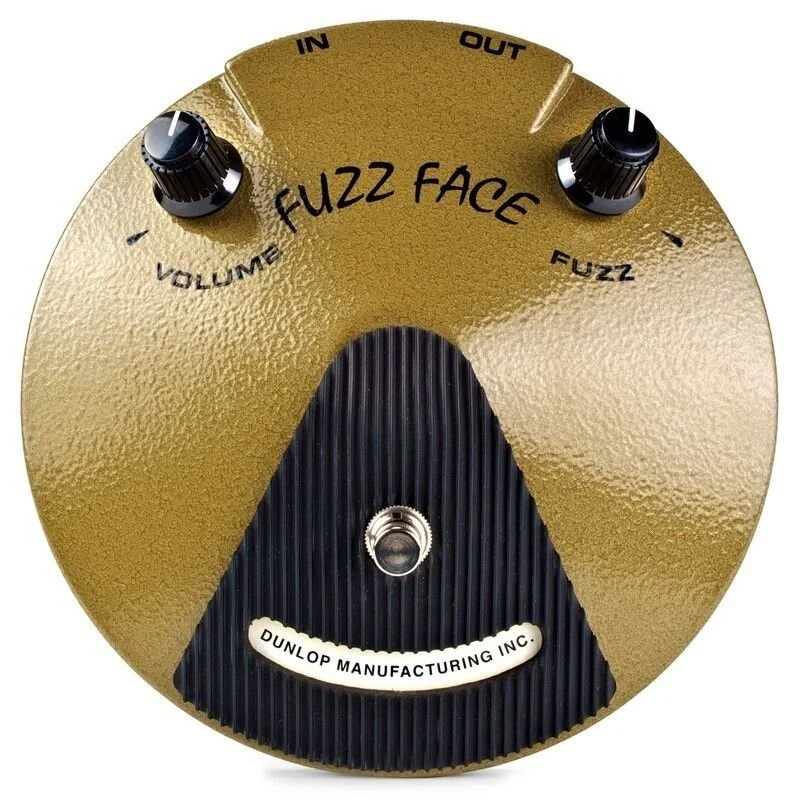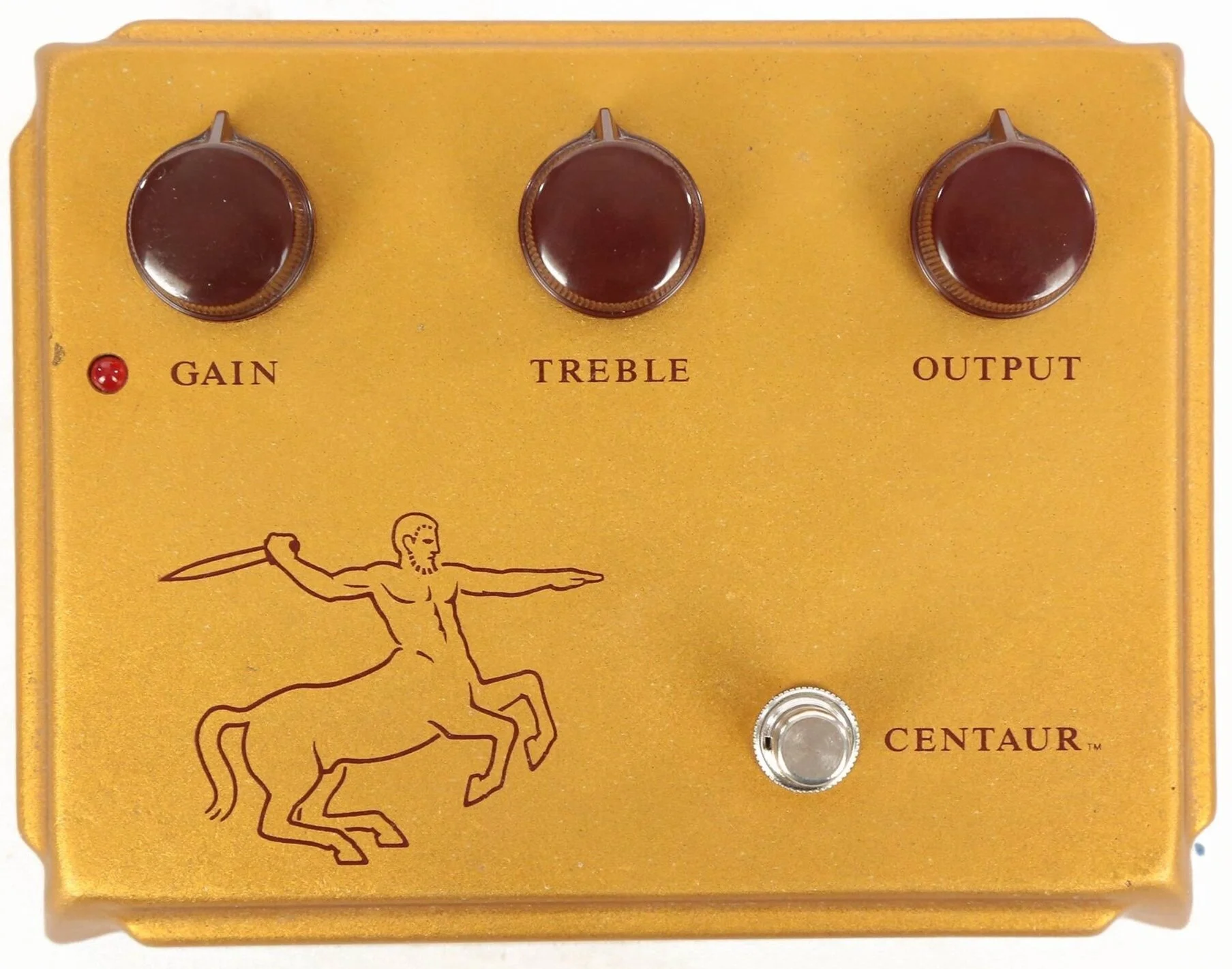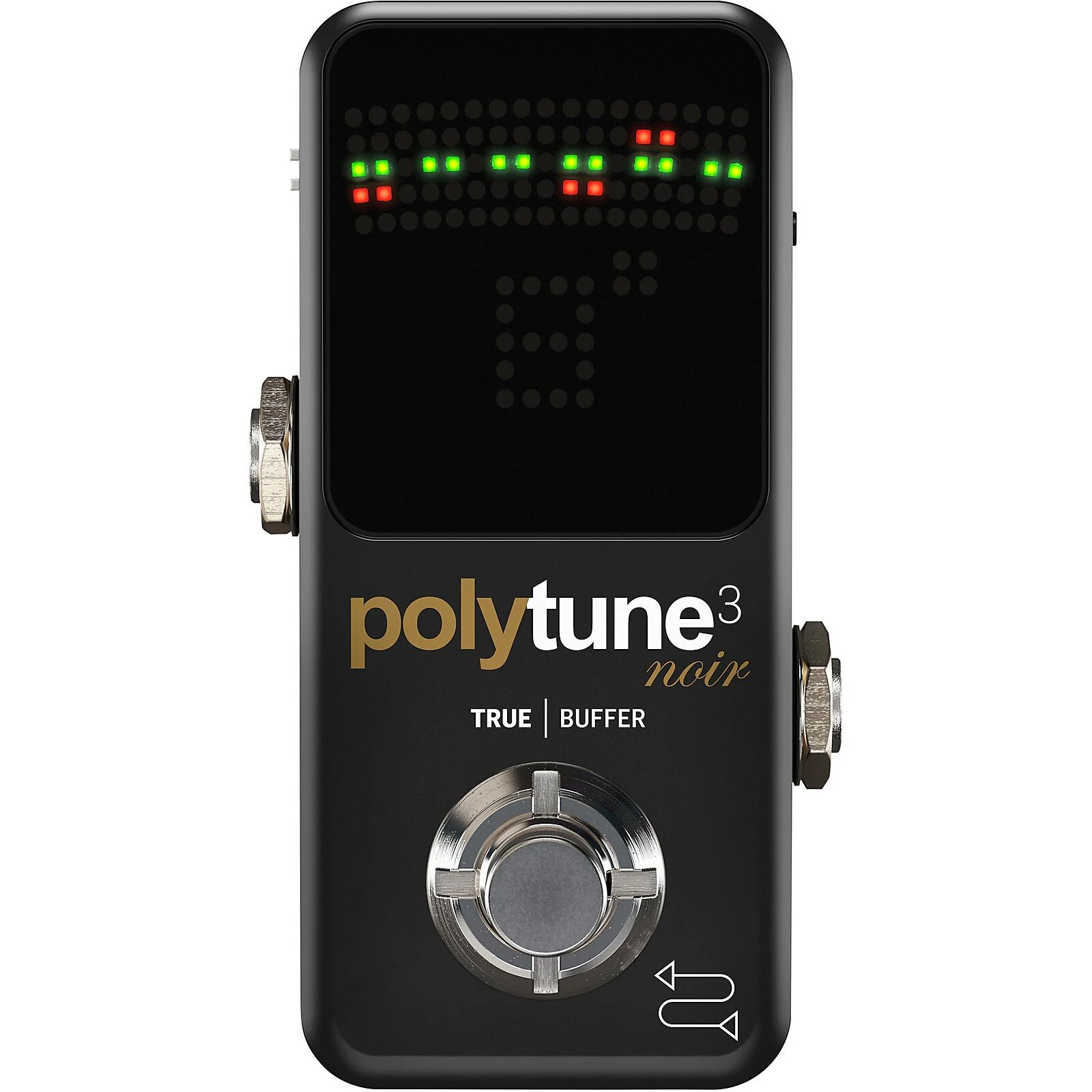Finding the Right Pedal Order
Just one of many pedal boards here at the Chateau
Hey gang! Once we start down the pedal route, this thing happens called “just one more”. As consequence, we build our pedal boards larger and more complex, and from time to time trim them down. We think about power supply and whether we need isolated supplies (we really do), whether the type of short patch cables matter (they definitely have impact) and finally what order to put our pedals in to get the sounds that we desire and like.
So first off, the rule is that the only rule is what you like. If you like your pedals in a certain order and are happy with the tone you are getting, you’re good. However, let’s assume that your pedals have grown through aggregation over time and a good place to start for ordering pedals is unknown. Thus, I am going to make some general recommendations based on decades of experience with hundreds of different pedals and dozens of different amplifiers.
In the Front or in the Loop
Many modern amps have effects loops, or send / receive loops. They come between the preamp and the power amp, and those that have them and like them, like them a lot. Then there amps both classic and new “vintage” that don’t have an effects loop at all. We’re going to start our conversation with this scenario, the amplifier with only front end inputs.
Tube, Solid State or Digital Amplifiers
Your money, your tone, your choice. I personally like the sound of tube driven preamps and power amps. My choice. It does not make them better than something else. There are solid state amps that I really like such as the classic Roland JC-120. There are solid state amps that I do not like, personal choice. Then there are digital amps, from the small Boss Katana Air or Yamaha THX family right up to high end tools like the Kemper or Quad Cortex. You decide on your amplification method, it’s your music. Not going to spend time on that here, because what is perfect for me, may be anathema to you.
Breaking Our Pedals into Types
We’re going to do some fairly arbitrary groupings first. Group one we will call Boost and Dirt. In this group we will put all of our boost pedals, overdrive pedals and fuzz pedals. Group two we will call Modulation. In this group we put all pedals that modulate through time or filtering the incoming signal. Consider delays, tremolos, flangers, phasers, rotary speaker pedals, pitch shifters and anything else that doesn’t fit in group one or group three. Group three is for Reverb pedals. Certainly many amplifiers come with built in reverb, be it digital or analog. Some amplifiers have physical spring tanks still, while others seek to emulate a spring tank. Some have no reverb at all. All very nice, but in this group are pedals specifically designed to do reverb. As reverb is a very complex thing to model, better reverb pedals often carry higher price tags and may offer a number of different reverb styles. There’s most often a digital signal processor in a dedicated reverb pedal. Not a bad thing at all, just different from a spring tank.
Boost and Dirt
The purpose of any of these pedals is to alter the incoming signal in some way to either increase the output level without changing it (clean boost) or to increase the output to push the input of an amp harder causing amplifier overdrive and / or distortion. Some pedals use circuits to push the input signal harder through transistors to create distortion or fuzz. While you can pay a fortune for some of these pedals, in many cases the circuits are as simple as they come. The better pedals handle differences in input impedance better than others and handle being placed in different positions in the pedal chain more flexibly.
Dunlop FuzzFace Eric Johnson Edition
If you use old style fuzz pedals, basically clones of any of the early American or British fuzz pedals, this needs to be the first in the chain. Other pedals may alter the impedance of the signal and fuzzes particularly are looking for a signal direct from the pickup. There are two primary transistor types in fuzzes, but generally both like to be first in the chain.
Klon Centaur - is it really magical?
You may have pedals like a Klon (or Klon clone since the originals while simple are seen as magic and carry psychotic price tags) or similar light to medium overdrive. There are about a zillion different ones. Put these pedals second in your chain, because you might want to use the light overdrive on its own, or to push the signal harder into the input of the next pedal in a method called gain staging.
Distortion pedals come next. What makes a distortion different from an overdrive? Technically overdrives produce harmonic distortion in how they clip the signal, whereas true distortions produce enharmonic distortion in how they clip the signal. Try them independently and you will hear the difference much easier than explaining it. An example of a distortion pedal is the classic ProCo RAT. It sure is not the only distortion pedal. Like overdrives, they are multitudinous. You try them out in a shop one at a time, vary the knob positions and like overdrives pick the one(s) that best deliver the tones you want.
Gain staging allows you to use your overdrive to push the signal into your distortion producing a different sound. It’s a great experiment to try.
It is not uncommon to see a board with multiple overdrives and distortion pedals on it.
RC Booster, a superb all around boost pedal
The last pedal in the group is the Boost pedal. Placing the boost in the chain involves experimentation. If the boost comes early, it boosts the level of the signal going into the pedal down the chain. This will change the character of the overdrive or distortion. If the boost comes last, you are using it to make the overall volume louder typically, although you can set a boost at unity gain (no volume change) and use it on its own to open up the guitar signal. Many players like an always on boost for this purpose. Boost pedals can be analog or tube based. Tube based boosts have a different sound, and they tend to like to be early in the chain. Analog boosts don’t care so much about position so place them where you want them. Some boost pedals have a clean boost section and a separate gain boost option such as the Xotic RC Boost. This can give you always on openness with a push section to hit the inputs of overdrives and distortions harder. For my preferences, my boost pedals tend to go last in the group. The exception is if the boost in place is a treble booster. They want to be first. That can be a problem if you have a fuzz that wants to be first. Some folks fix this with a loop switcher which takes the pedal right out of the chain when it is inactive. Cool stuff, but pricey. Consider the GigRig G3 for the best of the bunch if you go this way.
Gigrig G3 - the sine qua non of switching systems
Modulation and Delay
Order here is subjective. Do you want to add delay to modulation effects, or add modulation to delay effects. A loop switcher like a GigRig G3 lets you change pedal chain order on demand. For the rest of us, you try your pedals in different orders and find one that you like. I’ve checked all my boards and have found that I generally put delays first and modulation pedals second. That works for me, but may not work for you.
Strymon El Capistan - my current favourite DSP implementation of tape delay
For delays, I put digital delays first, then analog delays, then tape delays simply to put the devices with the most modulation later in the chain.
When it comes to modulation pedals, I again tend to go from lesser to greater modulation effects. Choruses are busy critters and they tend to go last, with rotaries in front of them and phasers or flangers first in the chain. Pitch shifters are always an experiment, I do not use them much, but they do tend to be very early in the modulation section of the pedal board in my use cases. I am a fan of very gentle, non swooshy flanging. A good tape delay system like the UA Starlight from the opening photo offers a wonderful flanging effect as one of the delay options. If you want a dedicated flanger, have a look at the ThorpyFX Chameleon. Me like lots.
A special kind of modulation pedal is the Doubler. To be honest, I have a couple of different ones, and find that they work better in different positions with different guitars and amplifiers. I have yet to find one that I really like, although the Keeley 30MS is the best that I have found so far.
Reverb
From a different board, the Collider from Source Audio is a very fine combination delay and reverb pedal
The general consensus, but you should do what you like best, is that the reverb pedal goes last, right before the input. I personally always want some reverb, and if the amp does not have a really good built in reverb (like a Fender spring tank), I will get my reverb from a pedal. I have not found an analog circuit reverb pedal that I care for, but there are a number of digital reverbs that are quite awesome. Look to Strymon, Source Audio and other DSP experts for the best in digital reverb options.
Special Cases
A tuner ideally should be in its own loop. Pass through volume pedals often have a tuner out option. Some tuners placed in front of fuzzes really impact the sound of the fuzz so I personally prefer to keep the tuner out of the primary pedal chain. Some volume pedals will not alter the signal to the tuner when they are rocked back to not send signal to the input of the pedal chain. You may be currently using headstock tuners. That’s not a bad thing, in fact I think that everyone should own a few of them, but a large screen board tuner is more useful in a gig setting and even if you are just playing for your own enjoyment. I have been a Peterson strobe tuner person for as long as they have been around and their current pedal type tuner is a real rockstar. You can change the colour of the display and it support multiple tuning options that are convenient presets. I know that many folks would abhor reading the documentation for a tuner, but this kicks butt. For a small footprint tuner, consider the TC Electronics Polytune 3 as shown in the opening image.
Looper pedals go wherever you want them to go, other than in front of a fuzz. I tend to place loopers last so I can use whatever effects I want to record the loop and then once it is in playback mode, I can switch in whatever pedals that I want for the played signal. There are musicians who stack loopers (search for the video of how KT Tunstall uses loopers so she can play all the parts of Black Horse and the Cherry Tree at once - she is a loop master). Another player to look at to learn to use loopers well is Danish Pete Honore of Anderton’s Music. He’s a genius at using a looper. Pete has said on multiple occasions that he thinks a looper should be your first pedal, after a tuner of course. I personally prefer the simplicity of the Ditto+ from TC Electronics. You can get original Dittos at blowout prices but for my money, I would always choose the Ditto+. You get so much more for your money and it is super easy to learn.
Compressors
I am a huge fan of compressors. Well a huge fan of good compressors. I don’t like the old squeezy compressors myself, I prefer the sound of studio compressors. My favourite is the Origin Systems Cali 76 which is a brilliant pedal implementation based on the awesome Universal Audio 1176 rack unit. Diamond Pedals do an excellent compressor and I think very highly indeed of the Strymon Compadre. I also like the Empress Compressors but would recommend the V2 if you go that route. I never recommend stuff that I have not bought personally so you may conclude that I am indeed a pedal dork. I’ve played around with compressor placement a lot. These days they go at the end of the Boost Dirt section and I tend to turn them off if I am using fuzz (ok, not, I do not yet own a fuzz pedal that I can stand) or a distortion pedal as these are already compressing. For clean tones or light overdriven tones, I like them a lot. If the compressor you are looking at has a knob marked sustain, it is the squeeze kind of compressor. If you like that sort of sound, I would recommend the Keeley Compressor. It is superb sounding and the best, in my opinion, of the squeeze type. The Strymon Compadre has either squeeze or non-squeeze modes and is really nice, but costs more.
Conclusions
As you see there are no hard and fast rules for this sort of thing. Use my guides as a place to start and then experiment. Record different chain configurations as auditory memory is unreliable. Use high quality power supplies and don’t skimp on the interconnect cables. I like the Ernie Ball flat ribbon interconnects, or make my own using Boss or George L cable building kits. Evidence audio also does good kits but I find them expensive and one of their early mcmarketing ploys about direction of signal flow in copper really annoyed me because the physics they cited was utter BS. Copper is isotropic, there is no preferred direction of signal travel. Hence I do not recommend the company.
There is no right way or wrong way to build your pedal chain layout. What you like best is what is best, for you. Rather than getting involved in bunfights on this subject on the internet, find a chain layout that works for you and go play. Pedals can be an immense source of joy and experimentation in achieving your personal sound. Trying different orders with the pedals that you already own is a very worthwhile spending of time. I always recommend trying a pedal before buying it blind, so find a good guitar shop that allows for this and have a go.
Thanks as always for reading and until next time, peace!










